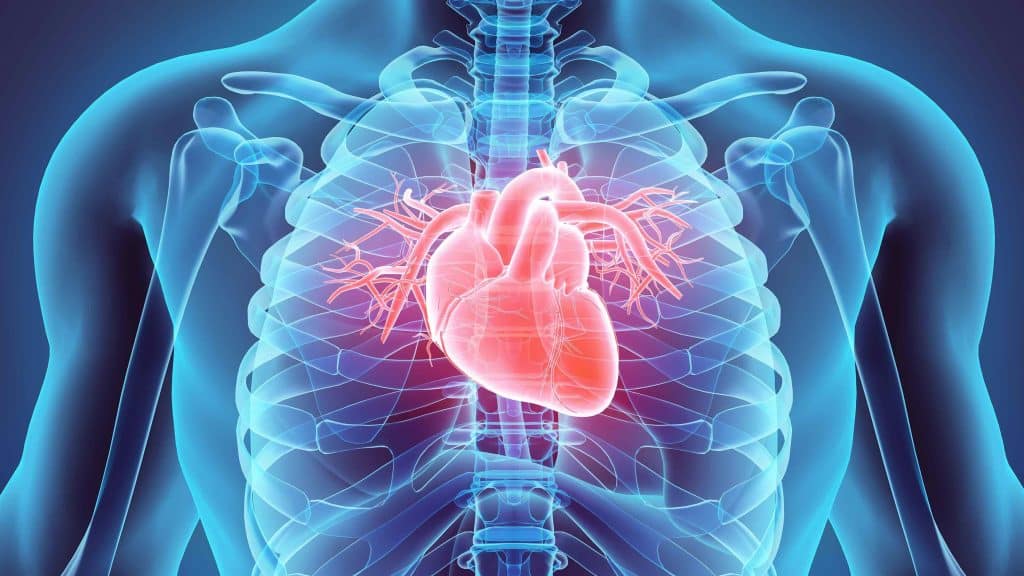Table of Contents
The writers keep in mind difficulties that remain, consisting of boosting the engraftment success and cell survival. Since the ISCI and Miller Institution are leaders in this location, the authors also stress the demand to systematize interpretations and results actions in the area. "The Hare Lab continues to be at the leading edge of introducing brand-new therapies in this vital medical domain.
Now we are checking out exactly how to harness such stem cells to assist individuals heal their own damaged hearts."The research study is guided by the Cedars-Sinai Heart Institute, with the cooperation of the Johns Hopkins College, where Dr. Marbn worked before joining Cedars-Sinai in 2007. The 24 clients joining the research have hearts that were harmed and marked by cardiovascular disease.

It takes about four weeks for the cells to increase to numbers enough for restorative use, roughly 10 to 25 million. In the third and final action, the now-multiplied stem cells are re-introduced right into the client's coronary arteries during a second catheter procedure. All people in the research study needed to have experienced cardiac arrest within 4 weeks prior to enrolling in the research project.
Later on this summer, it is anticipated that 12 even more people will certainly undergo treatments to get 25 million stem cells, while 6 added people will certainly be checked as controls. The initial client, Kenneth Milles, a 39-year-old controller for a little building and construction business in the San Fernando Valley, experienced a cardiovascular disease on May 10 due to a 99 percent clog in the left former descending artery, a significant artery of the heart.
The process to grow the cardiac-derived stem cells involved in the research was developed by Marbn when he got on the faculty of Johns Hopkins College. The college has actually applied for a license on that intellectual residential or commercial property, and has licensed it to a business in which Dr. Marbn has an economic interest.

All financing was originated from the National Institutes of Health, the Donald W. Reynolds Structure and Cedars-Sinai Medical Facility. Marbn holds The Mark Siegel Family Structure Endowed Chair and Director of the Heart Institute.
Stem cell injections for Heart Disease with promising results
Stem cell therapy for heart failing has actually arised as a new method to deal with and manage the core of the condition.
However, stem cell treatment can help to alleviate symptoms and boost the heart's pumping capacity. This therapy uses the capacity of stem cells to self-regenerate and self-heal. Complying with the admission of stem cell shots for coronary infarction, numerous mechanisms enter play: Stem cells for cardiac arrest promote the development of specialized heart muscle cells and regenerate damaged tissue, improving the heart's pumping ability.
There are multiple kinds of stem cell treatment for cardiac arrest that have acquired approval following a good deal of study. These are types of grown-up stem cells that are obtained from bone marrow, fat tissue, and skin cells. They have cell regenerative and anti-inflammatory homes. These are the most common and well-researched kinds of stem cells.
These are obtained from embryos and have the pluripotent possibility to change right into any kind of cells, consisting of heart ones. The primary issue with these cells is that, as they are extracted from embryos, they have many moral and legal limitations and are only utilized in details situations. for the reasons discussed above.
Exploring the use of stem cells for Peripheral Artery Disease
These cells originate in the heart and are appropriate to heart repair work. Clinical Advisor, Swiss Medica medical professional The application and treatment of stem cell therapy is composed of 5 actions: Patients begin with an online examination with our medical expert and are after that assessed by a cardiologist, that will obtain the essential medical history, do blood tests, and demand imaging researches to identify whether stem cell treatment for heart failing is a sensible choice.
We carry out stem cells via painless stem cell injections for coronary infarction. A highly educated physician will certainly inject processed stem cells into the bloodstream; the whole procedure takes much less than an hour. After completing the heart disease stem cell treatment procedures, our patients will certainly be checked for any kind of complications and outcomes.
Table of Contents
Latest Posts
Regenerative support for Atherosclerosis via regenerative medicine
Regenerative injections targeting Peripheral Artery Disease with minimal downtime
Are there supportive options for Arrhythmias with stem cells?
Navigation
Latest Posts
Regenerative support for Atherosclerosis via regenerative medicine
Regenerative injections targeting Peripheral Artery Disease with minimal downtime
Are there supportive options for Arrhythmias with stem cells?